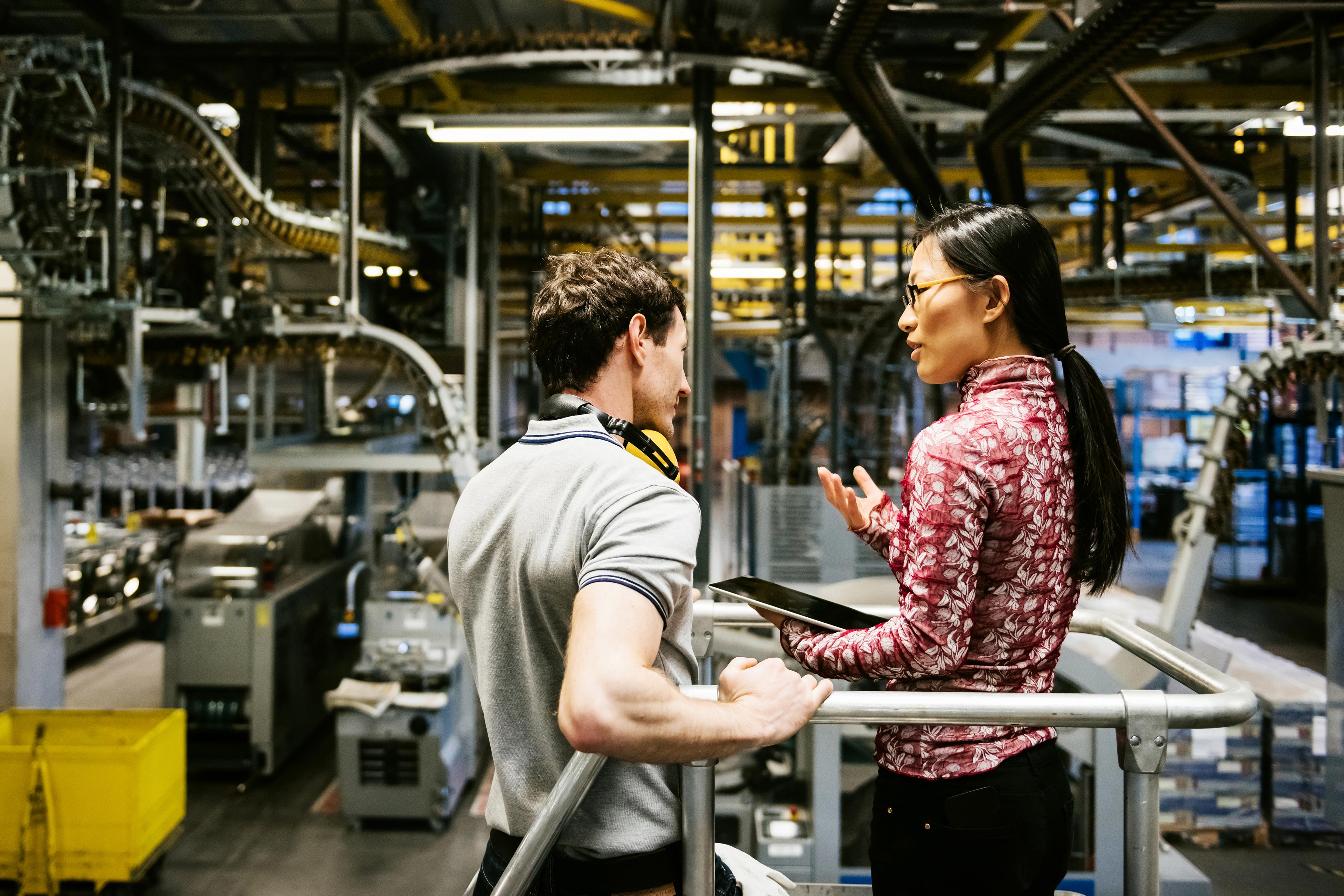EY refers to the global organization, and may refer to one or more, of the member firms of Ernst & Young Global Limited, each of which is a separate legal entity. Ernst & Young Global Limited, a UK company limited by guarantee, does not provide services to clients.
How EY can Help
-
Our supply chain consulting professionals can help improve your operations, using AI and tech to boost resilience, efficiency and value. Find out how.
Read more
Before COVID-19, global supply chains ticked many boxes: lower labor and operating costs, wider product ranges and greater reach to new markets. When the pandemic struck, it didn’t just cause unprecedented supply chain disruption, but also highlighted the fragility and inherent inefficiencies of traditional supply chains. Lead times expanded exponentially, manufacturing capacity stalled, ports became congested and transportation ground to a halt. Excessive reliance on one supplier or location caused a domino effect of expensive downtime along the line.
But COVID-19 is just one of many disruptors driving business leaders to reimagine their supply chains. Labor, energy and raw material costs as well as freight rates have increased significantly. Customer expectations are also evolving rapidly, with a greater focus on ethical sourcing, sustainability and corporate social responsibility.
To respond quickly when disruption hits, companies have started to reimagine and redesign their supply chains in four important ways:
- Shorter, more localized supply chains require more technology-enabled and analytics-driven capabilities. They also challenge some core principles upon which many multinationals have built their supply chain operating models.
- Multiple sources of supply as well as accommodating excess capacity and volume redundancy can strengthen resilience.
- Businesses are forming omnichannel connections with customers as the way they interact with them is changing. Transitioning from B2B to B2C results in new operational requirements and challenges.
- A shift toward multiple planning centers is expected, with markets clustered by similar demand characteristics and supply sources.





